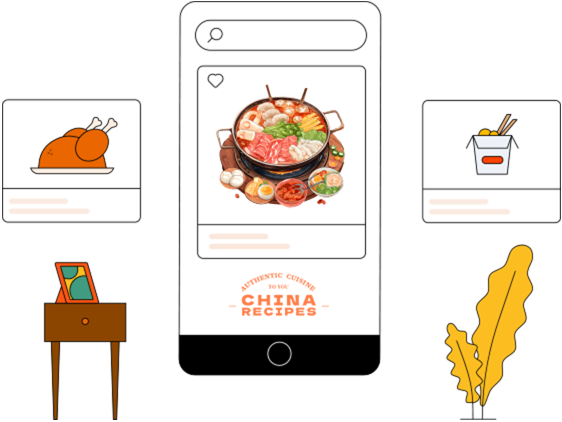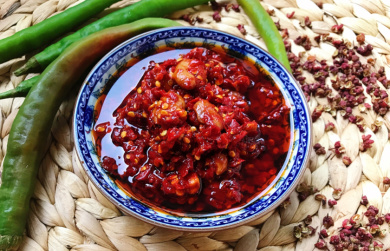The ultimate guide to cooking a perfectly juicy two-pound meatloaf
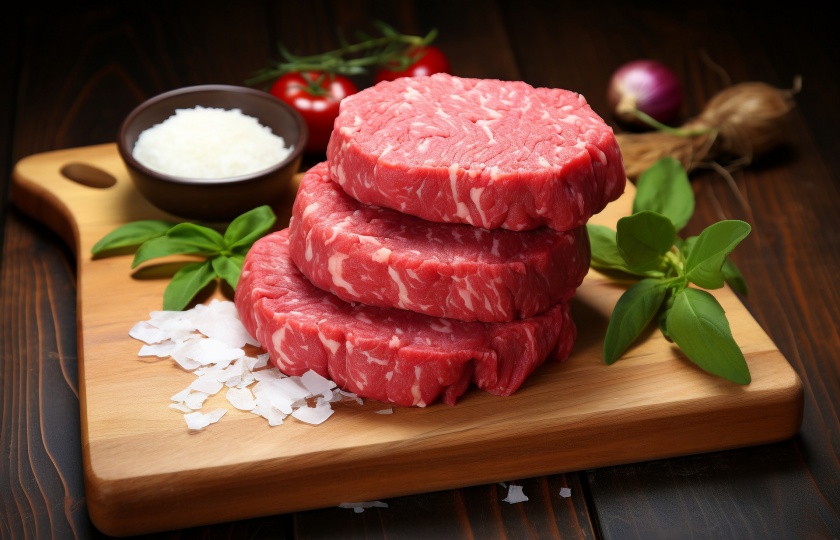
Have you ever wanted to impress your family at a gathering? Then a meatloaf is a must-try dish! Today, I’ll share the secret to making a perfect 2-pound meatloaf—keep reading!
How to cook two pouind meatloaf
Ingredients
Meat: 2 pounds of ground meat. You can choose a 70:30 ratio of beef to fat or pork. This ratio ensures the meatloaf has a nice balance of flavor from the fat and a good texture from the lean meat.
Vegetables: 1 medium-sized onion (chopped), 3-4 garlic cloves (minced), 2-3 celery stalks (chopped).
Other Ingredients: 1-2 eggs, ½ cup breadcrumbs, 2-3 tablespoons ketchup, 1 tablespoon soy sauce, 1 tablespoon oyster sauce, salt, black pepper, and chili powder (adjust to your taste).
Preparation
Prepare the Vegetables: Heat a small amount of olive oil in a pan over low heat. Add the chopped onion, garlic, and celery, and sauté until the onion softens and the aroma is released. This step enhances the flavor of the meatloaf. Once cooked, remove the vegetables and let them cool.
Make the Sauce: In a small bowl, mix together the ketchup, soy sauce, oyster sauce, salt, black pepper, and chili powder to create a flavorful sauce.
Making the Meatloaf
Mix Ingredients: Add the cooled vegetables into a large bowl with the ground meat. Then, add the eggs, breadcrumbs, and the prepared seasoning sauce.
Stir Well: Use your hands or a spoon to mix all the ingredients together in one direction, ensuring everything is thoroughly combined.
Shaping and Baking
Shape the Loaf: Transfer the meat mixture to a baking tray and shape it into an oval or rectangular meatloaf, about 5-7 cm (2-3 inches) thick. This thickness ensures the meatloaf cooks through while developing a nice color on the outside.
Bake: Preheat the oven to 180°C (350°F). Place the meatloaf in the center of the oven and bake for 50-60 minutes. During the cooking process, the surface of the meatloaf will gradually turn golden, and the fat will sizzle, filling the kitchen with a delicious aroma. You can rotate the baking tray halfway through to ensure even cooking.
Check and Finish
Check for Doneness: After baking, use a toothpick or meat thermometer to check the thickest part of the meatloaf. If the toothpick comes out clean, with no juices, or if the thermometer reads 70-75°C (160-165°F), the meatloaf is fully cooked.
Rest: Remove the meatloaf from the oven and let it rest on a rack for 10-15 minutes. This allows the juices to redistribute within the meatloaf, making it easier to slice and improving the texture. Once rested, slice to your desired thickness and enjoy!
How long does it take to cook a 2 lb meatloaf?
The cooking time for a 2-pound meatloaf depends on the cooking method and the size of the meatloaf:
Pan-frying:
If you choose to pan-fry, it will take about 15-20 minutes. The exact time depends on the thickness of the meatloaf and the heat level. I usually cook each side until it’s golden brown and the inside is fully cooked. If the meatloaf is thick, each side might need about 8-10 minutes. For a thinner loaf, 6-8 minutes per side should be enough. Cook over medium-low heat to allow the meatloaf to cook through without burning the surface.
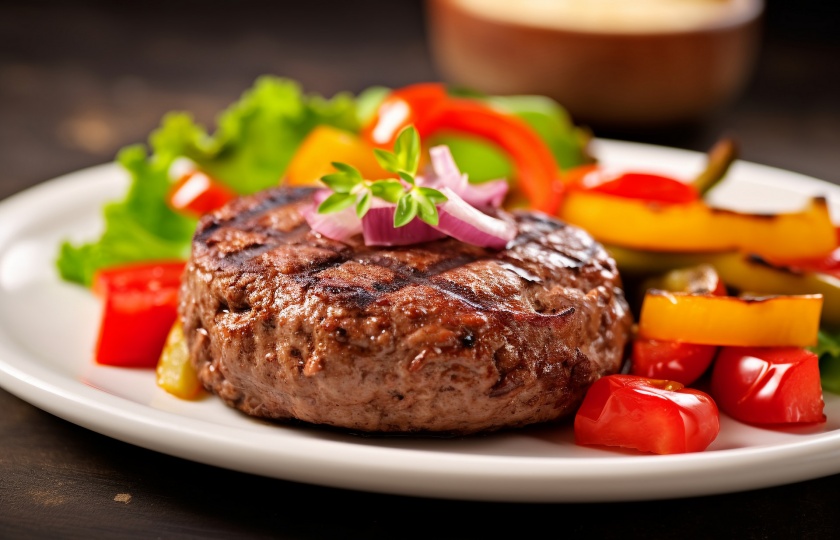
Baking:
If using the oven, it will take about 20-30 minutes. Again, the time depends on the size of the meatloaf and the power of your oven. For larger loaves or a less powerful oven, you might need closer to 30 minutes. Smaller loaves or higher-powered ovens will take about 20 minutes. Preheat the oven to around 200°C (400°F) and adjust based on the condition of the meatloaf. When it turns golden on the outside and is cooked through inside, it's ready.
Air Frying:
Using an air fryer typically takes about 15-20 minutes at 180-200°C (350-400°F). Thicker meatloafs might need closer to 20 minutes, while thinner ones will be done in about 15 minutes. You can flip the meatloaf halfway through to ensure even cooking.
How long to cook meatloaf at 350 in the oven?
Typically, 350°F (about 175°C) is a standard temperature for baking meatloaf. This temperature ensures that the meatloaf cooks evenly, with a crispy exterior and a fully cooked interior. Here’s an estimated baking time based on thickness:
Thin Meatloaf (about 0.5 cm thick):
Time: 15-20 minutes
Characteristics: Thin meatloafs cook faster, with the exterior becoming crispy and the interior staying tender.
Medium Thickness Meatloaf (about 1 cm thick):
Time: 20-25 minutes
Characteristics: This thickness requires more time to ensure the inside is fully cooked. The exterior will be crisp, and the inside will be juicy.
Thick Meatloaf (over 1 cm thick):
Time: 25-30 minutes
Characteristics: Thick meatloafs take longer to cook through. To avoid burning the exterior, it’s best to flip the meatloaf halfway through the baking process for even heating.
Is it better to cook meatloaf at 350 or 375?
350°F (175°C):
Pros:
Ensures even heat distribution, with a crispy outside and a fully cooked interior.
Ideal for thick meatloafs, as it ensures the center is thoroughly cooked without burning the outside.
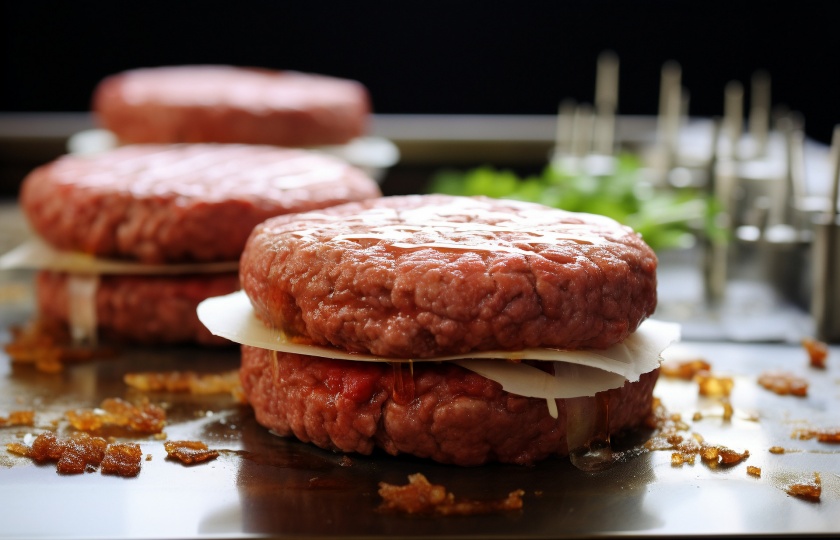
Cons:
Takes longer (typically 20-30 minutes depending on thickness).
375°F (190°C):
Pros:
Cooks faster and gives the meatloaf a quicker, golden-brown crust.
Ideal for thinner meatloafs, which cook quickly while maintaining a crispy exterior.
Cons:
Cooks faster but may not ensure the inside is as moist, especially for thicker loaves.
Takes about 15-20 minutes depending on thickness.
Which Temperature to Choose?
Thicker Meatloaf: If the meatloaf is over 1 cm thick, opt for 350°F to ensure it’s cooked all the way through without overcooking the outside.
Thinner Meatloaf: If your meatloaf is around 0.5 cm thick, 375°F will work best for a crispy crust and quick cooking.
Personal Preference: If you prefer a crispy exterior, go for 375°F. If you want a juicier, tender interior, 350°F is the better option.
Should I cook my meatloaf covered or uncovered?
This depends on the cooking method:
Pan-frying:
Covering: It’s recommended to cover the pan while frying. This helps retain heat and moisture, ensuring the meatloaf cooks evenly and stays juicy.
Not Covering: If you prefer a crispier exterior, you can leave the pan uncovered, but this will take longer to cook.
Baking:
Covering: Generally, you don’t need to cover the meatloaf when baking in the oven, as the heat will distribute evenly. Covering may trap moisture and affect the texture of the crust.
Not Covering: Leave it uncovered to get a nice, crispy exterior while ensuring even cooking.
What is the secret to keeping meatloaf moist?
Choose the Right Meat:
Use meat with a good balance of fat, like a mix of beef and pork, or add some pork fat. This adds moisture and flavor. Pure lean meat can result in a dry meatloaf.
Seasoning Tips:
Add a bit of cornstarch to the meat mixture to lock in moisture and make the meatloaf tender.
Marinating:
Adding a little sesame oil or cooking oil to the meat mixture can help improve texture and moisture.
Mixing and Kneading:
When mixing the meat, stir in one direction and use a bit of force to "pound" the mixture. This helps create a more cohesive, tender texture.
Add Moisture-Rich Ingredients:
To help the meatloaf stay moist, add ingredients like eggs, onions, milk, breadcrumbs, or yogurt. These ingredients trap moisture and prevent cracking during cooking.
Use Aluminum Foil:
If baking, cover the meatloaf with foil and then uncover it in the last 10 minutes of baking to allow the surface to crisp up.
Avoid Overcooking:
Cook the patties until they are just fully cooked, but don't overcook them, or they will lose moisture. It’s best to use a thermometer to check the internal temperature to ensure the patties are perfectly cooked without being overdone.
How much ground beef for meatloaf for 8?
Typically, the amount of meat needed varies from person to person, but for an average serving size, about 150g to 200g (5-7 oz) of ground beef per person is ideal. For 8 servings, you would need approximately 1200g to 1600g (about 2.6 to 3.5 pounds) of ground beef.
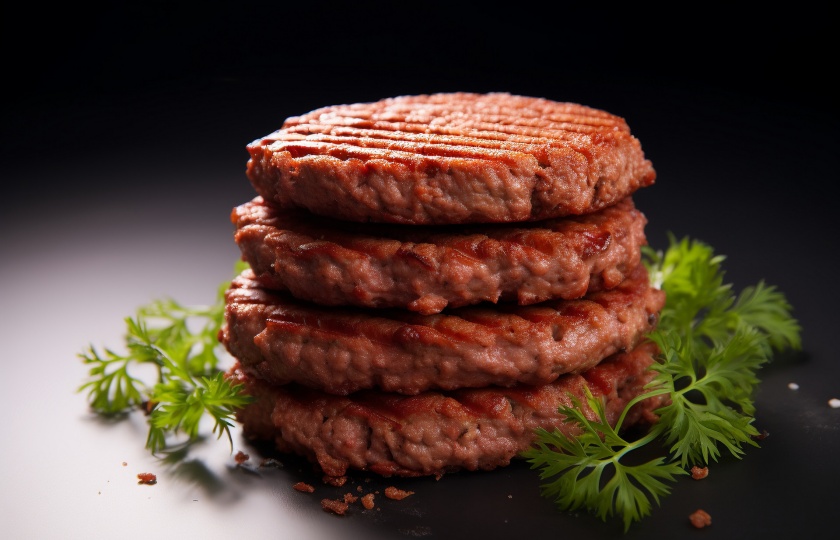
In practice, it’s a good idea to prepare a little extra to make sure everyone is satisfied, and you may even have some leftovers for the next day. If people have larger appetites, consider serving the patties with lighter side dishes.
Of course, this is just a rough estimate. You’ll need to adjust the quantity based on factors like the fat content of the ground beef, the amount of other ingredients added, and individual preferences. If the ground beef is leaner, you might need a little more; if you’ve added a lot of onions, breadcrumbs, or other ingredients, you can reduce the amount of beef.





